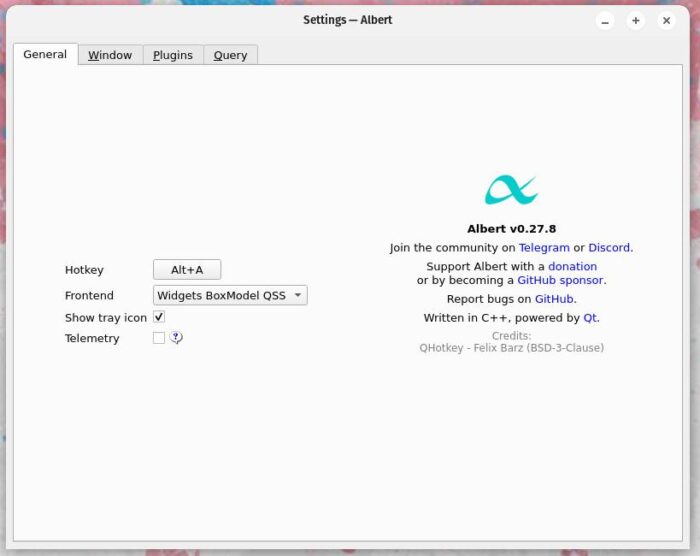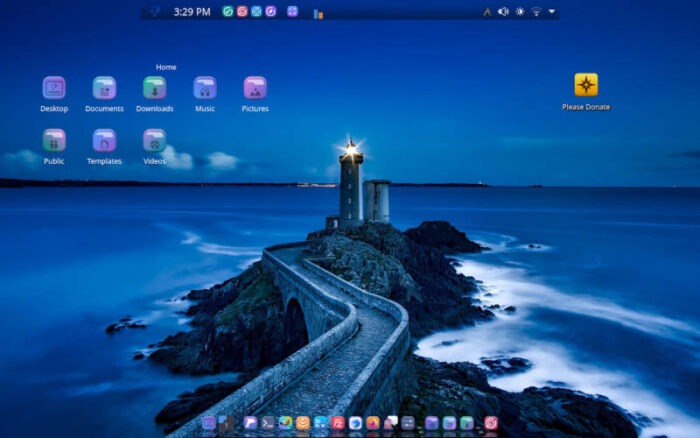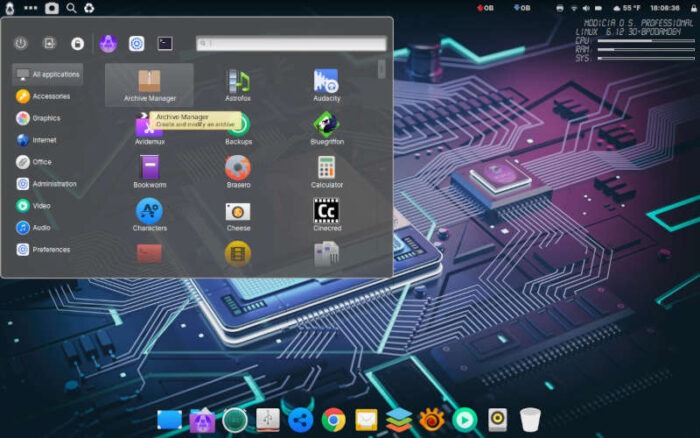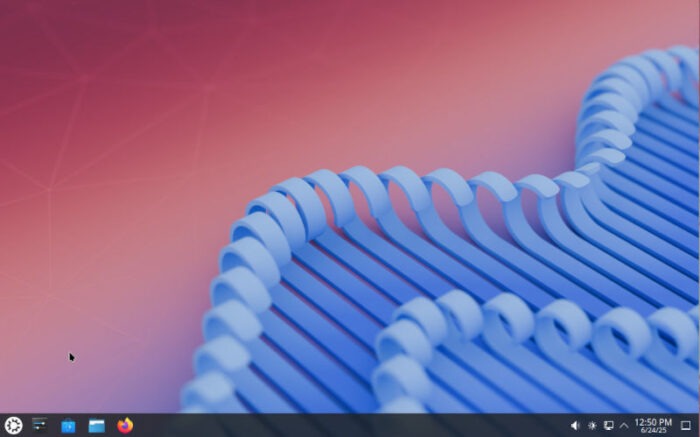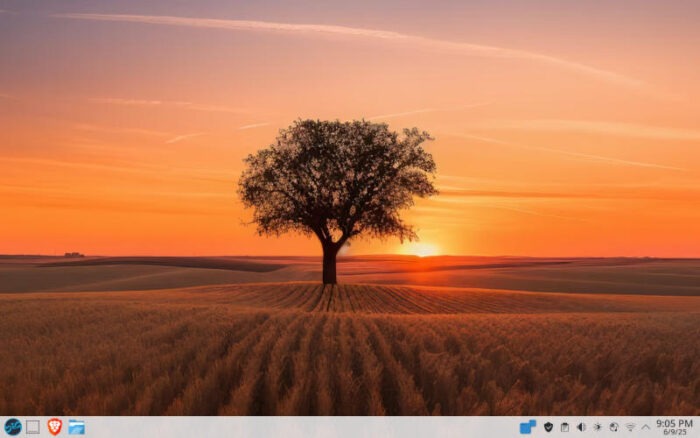It’s not magic—it just feels like it. Meet Albert, your desktop superpower.
Posts published in “Reviews”
Think Arch is only for the hardcore? Bluestar Linux rewrites the rules—delivering power, polish, and zero intimidation.
Modicia O.S. blends powerful multimedia tools, unique features, and a polished user experience for Linux enthusiasts and creative professionals.
This minor point release of KDE Plasma 6.4 packs enough new features to make it worth your attention.
We find a Linux distro that runs on computers big and small—and centers its identity on an antifascist stance—surprisingly refreshing!
Brazil’s BigLinux delivers a feature-packed, user-friendly Linux experience -- with a few playful twists along the way.
You'll think you're cruising through hyperspace -- Warp brings speed, insight, and next-level productivity to the command line.
Our look at the popular Dutch Linux distribution EndeavourOS reveals an impressive distro that's both easy to use and powerful enough for experienced users—thanks to its Arch Linux foundation.
Everybody knows that Alpine Linux is a great base OS for containers and IoT devices, and works great for running servers in data centers. We decided to see how well it performs on a desktop…

